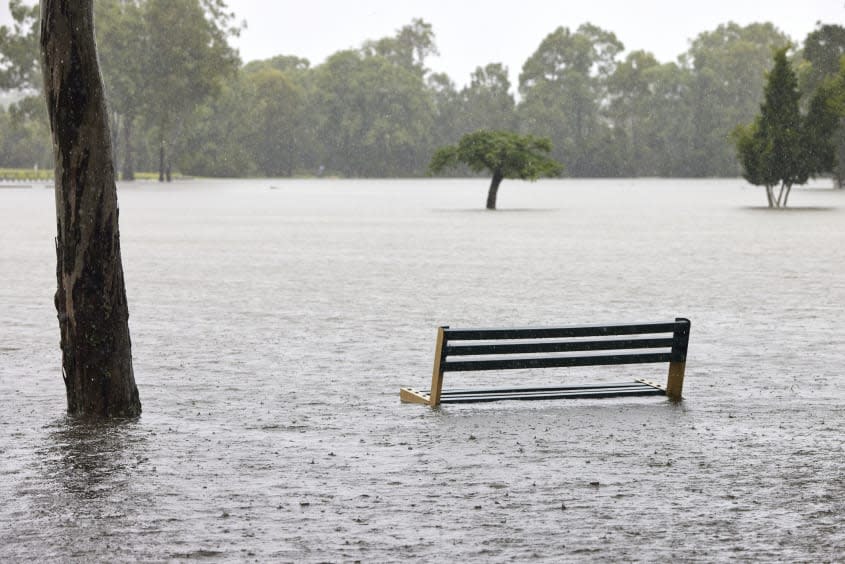La Niña returns for the 3rd consecutive year for the 1st time this century

For the first time this century, the weather phenomenon known as La Niña has returned for the third year in a row. La Niña is likely to bring about more extreme weather across the whole globe.
The weather system is characterized by unusually cold ocean temperatures in the Equatorial Pacific due to winds blowing the warm water on the surface of the Pacific towards Indonesia. This is the opposite of El Niño, which brings unusually warm ocean temperatures to the Equatorial Pacific.
The southwestern U.S. is likely to get drier weather and droughts while the northwestern U.S. is likely to see cooler temperatures as well as heavy rain and flooding, NPR reports. The Gulf Coast could also see a more severe hurricane and cyclone season, which has been evident for the past two years with 21 named storms in 2021 and a record-breaking 30 storms in 2020.
Usually, El Niño and La Niña events occur every two to seven years, typically lasting nine to 12 months, with El Niño occurring more often. Climate change is a large contributor to rising global temperatures and more extreme weather events, including La Niña.
World Meteorological Organization Secretary-General Petteri Taalas said in a statement, "It is exceptional to have three consecutive years with a La Niña event."
You may also like
5 scorching cartoons about worsening climate change

